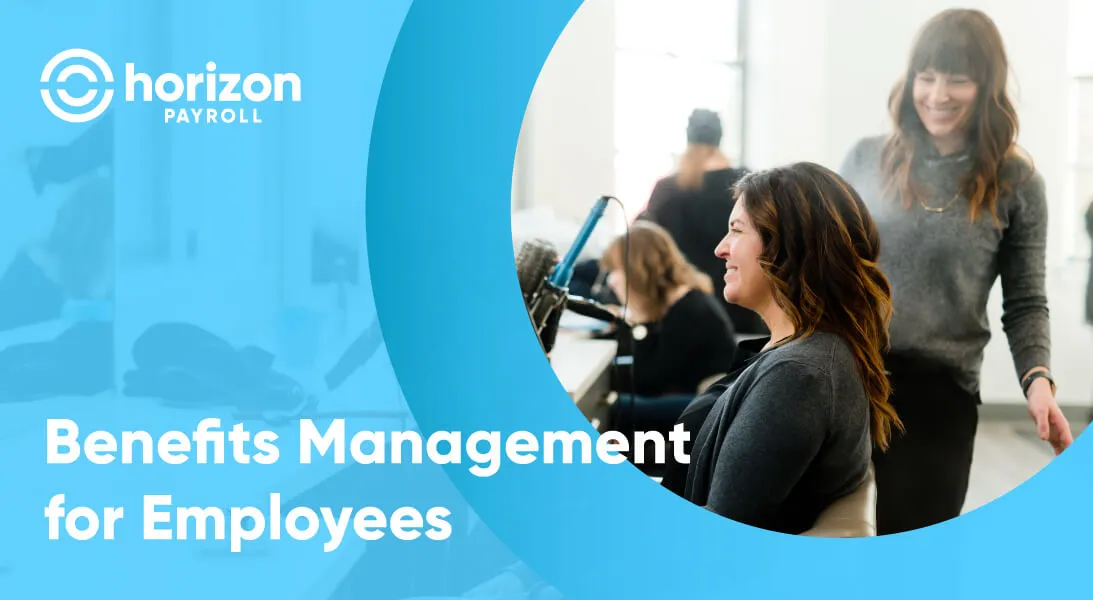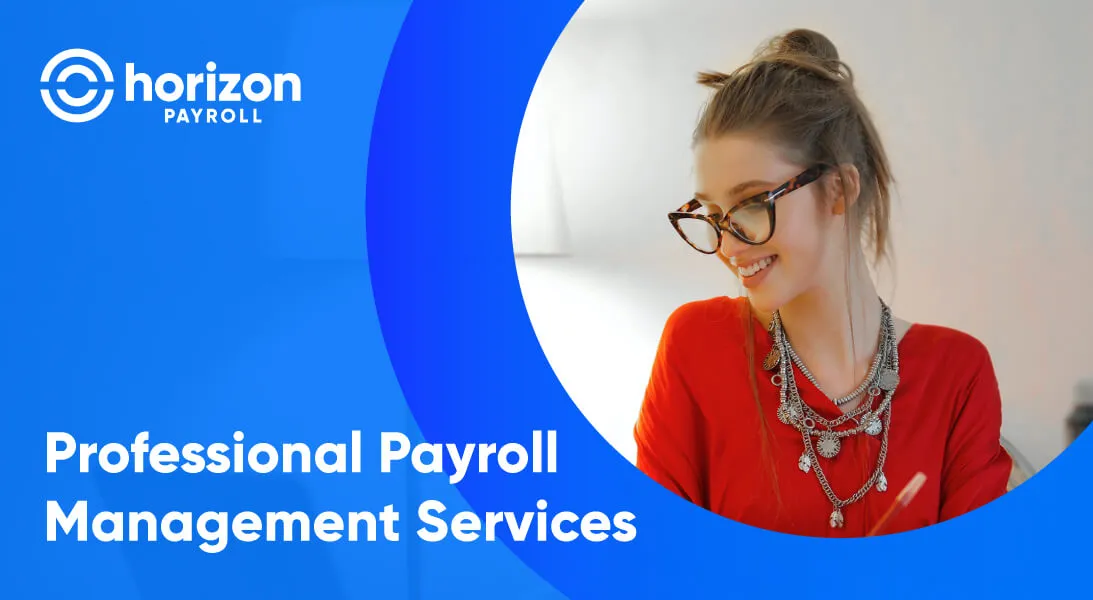6 min read
When It’s Time to Switch: Common Payroll Situations
Handling payroll on your own can work for a while. A spreadsheet here, a manual tax update there, a few extra hours at the end of each pay period. But as your business grows, things start to get more complicated — and the risks and...
READ BLOG +

 HR Support
HR Support Time & Attendance
Time & Attendance Hiring & Onboarding
Hiring & Onboarding














